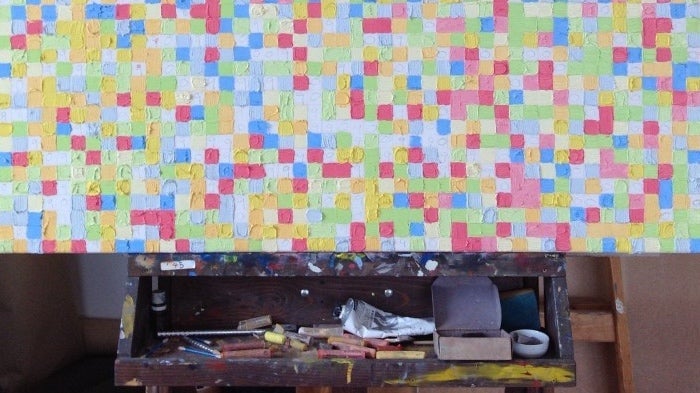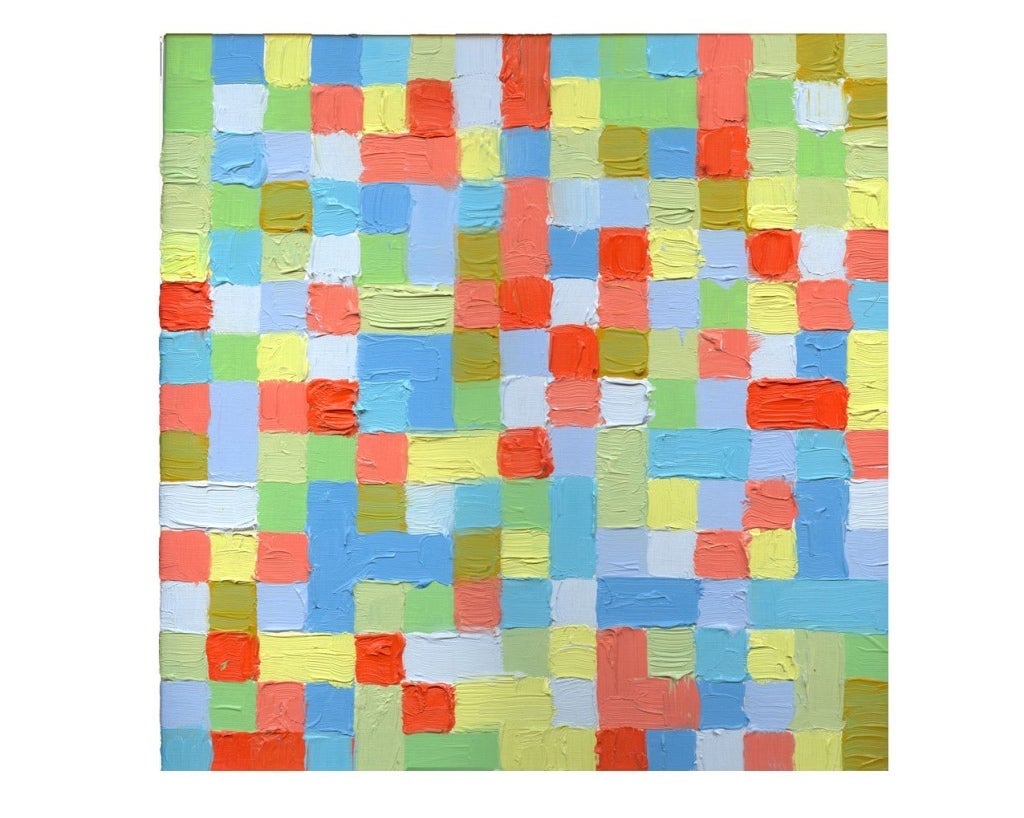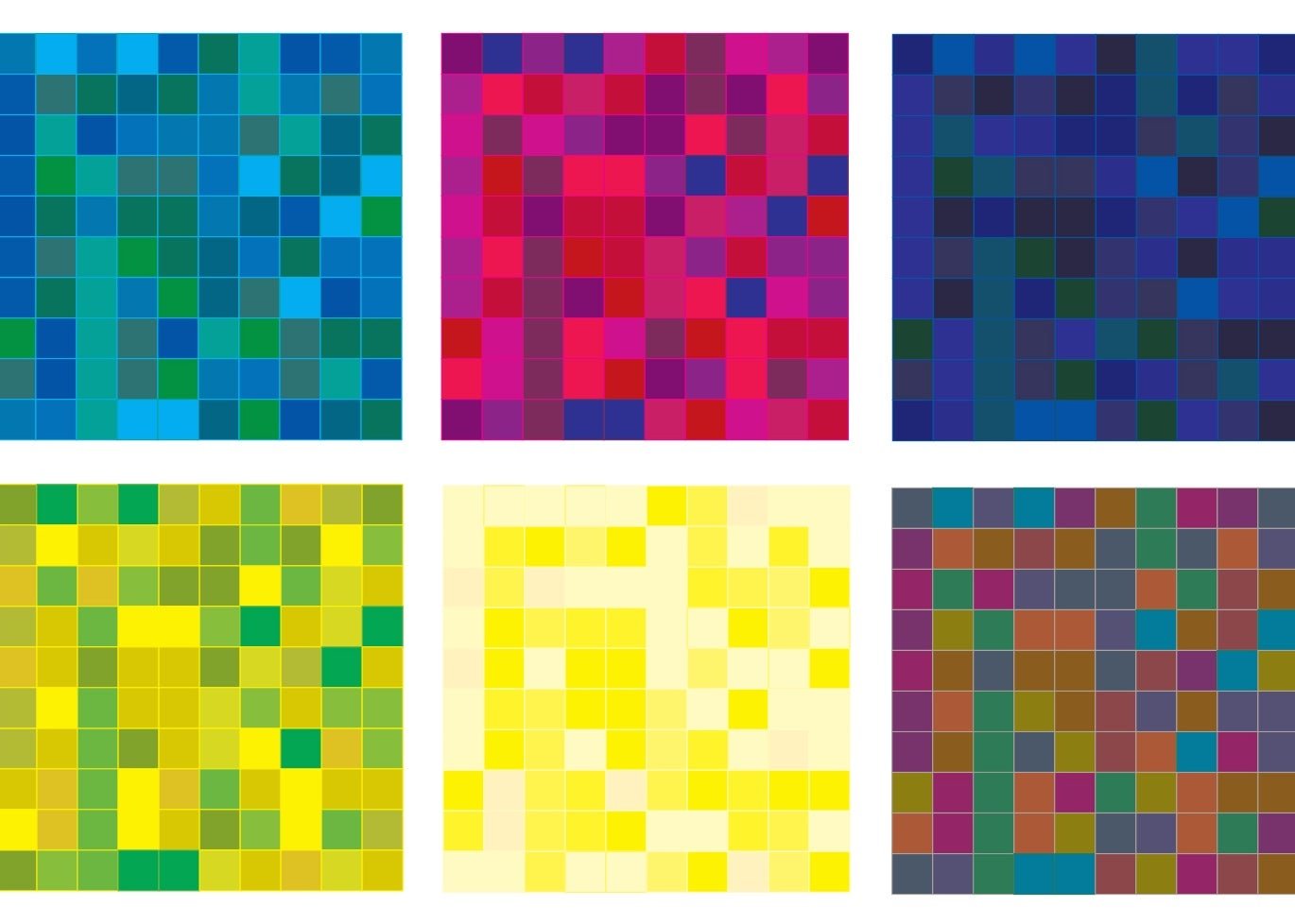An artist painted pi to 2,500 decimal places to make math more attractive
For those averse to numbers, math may not seem like much of a muse. But an artist who wasn’t a good math student in school is proving in painting that figures needn’t be intimidating. They can be inspiring, easy, and pleasing to the eye.


For those averse to numbers, math may not seem like much of a muse. But an artist who wasn’t a good math student in school is proving in painting that figures needn’t be intimidating. They can be inspiring, easy, and pleasing to the eye.

“I was scared and bored by [math]. I believed there must be a better way to teach mathematics. I decided to use colors to make it accessible,” painter Stewart Kenneth Moore told GE Reports. Specifically, the Scottish artist who makes his home in Prague, paints pi—3.14159 plus some—the number used to measure the circumference of a circle and one of the great mathematical mysteries.

Today, pi is taught to schoolchildren but it eluded great minds for centuries and to some extent still does. It took 2,000 years of working on the problem to realize that pi can’t be completely solved: it’s an irrational and transcendental number that cannot be completely expressed geometrically or algebraically. It continues infinitely without a single repeating sequence. Moore painted pi out to 2,500 decimal places, representing the numerical variations in hues.

For each painting, Moore assigned every digit a specific color. Then, he lays out a series of squares in these 10 colors, that together show what pi looks like—and act as an abstract work of art.

“I thought that maybe some pattern or harmony would emerge, just like Seurat’s pointillist paintings,” Moore said. “When you look up close, there are just dots of paint, but further out an order emerges in your mind and you see colors that aren’t really there.” But after a while, he found the approach formulaic, “like painting static on a TV set.”
He had an epiphany that reveals the parallels between math and art, and the difficulty of conveying the mysteries of the universe in either limited human form: “A color, just like a number, is just a value,” Moore said. ”Maybe I have to go deeper.”